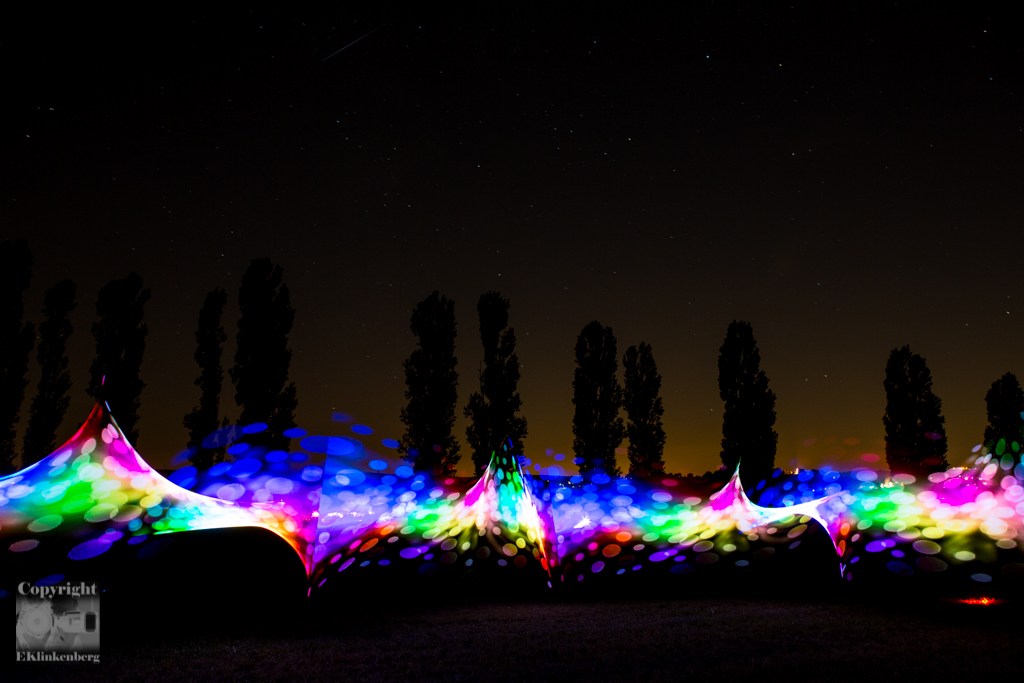

- #Pixelstick images low how to
- #Pixelstick images low pro
- #Pixelstick images low Bluetooth
- #Pixelstick images low tv
The LED strip only needs 1 connection beside power, as it gets controlled through the PWM chip that lives on the Arduino.
#Pixelstick images low pro
Pinout on the Mega PRO is different, at least on the Version that I bought. To program your Arduino you need the Arduino IDE.
#Pixelstick images low Bluetooth
For the case I used an old bluetooth receiver that I have no use of anymore. You also need a Micro USB cable, some wire, a soldering iron, solder, electrical tape and something to mount the LED strip on. Total cost EURO 20,27 (almost 20 times less then the Pixelstick) MICRO USB To DIP Adapter 5pin Female Connector B Type.Micro SD card mini TF card reader module SPI interfaces.Five Direction Navigation Button Module for MCU.4pin 0.96″ White/Blue/Yellow blue 0.96 inch OLED 128X64.144 pixels/leds/m WS2812 Smart RGB Led Light Strip Black/ PCB.I sourced everything from aliexpress here are all the parts that I have used: I chose an Arduino MEGA 2560 Pro, a small OLED Display, a Micro-SD reader and a digital joystick, as the display does not come with buttons. The LCD display alone is already bigger than my complete controller Advertisements I am not a fan of the large Arduino MEGA and the LCD Display shield as it makes the device unnecessarily large, so I decided to swap some parts. Hardware wise I think it is a bit dated and way to big. Luckily, Michael Ross already built something like this and it has some of the features, that I want. As I have never handled the real thing, I don’t know the kind of features it has, but I know exactly which features I want in a device like this: The Pixelstick is a lot of fun for hobbyists and professionals alike light painting, weddings, advertising, - you name it, the Pixelstick will add a new dimension to any image.So I decided to build my own Pixelstick. However, the real fun comes with using the image converter, which allows you to project your own images. The Pixelstick comes with eight demo patterns to get you started and there are plenty of image packs to add to your collection on the Pixelstick website - simply download them onto a SD card and pop it in the slot. If you are thinking of travelling with the Pixelstick, I would suggest investing in a protective hard-case. I would worry about how much bashing the Pixelstick could take, as it is mostly plastic and this made it feel delicate, but if it wasn’t, its weight would greatly increase, making it harder to use. It can even travel with you on flights as carry-on luggage. The Pixelstick has a collapsed height of 42" and will pack away nicely into the included padded carry bag. The Pixelstick is easy enough to use it takes a little bit of practice to get the timings right and you will need a steady hand to get a smooth image, but the speed at which the image is flashed through the LEDs can be adjusted, as well as the brightness and white balance, giving you lots of options to play with.


Then, think of the Pixelstick like a printer: you need to glide it through the air to ‘print’ the image - you won’t be able to see the image whilst you are doing it, but the results will be visible on your camera whilst the Pixelstick and person using it will remain invisible. To use the Pixelstick, you need a camera on a tripod set up to take a long exposure photograph. It is then used to create beautiful effects through long exposure. The Pixelstick is more than just a light bar - it is a device with 200 LEDs that can be programmed to produce graphics, photos and patterns – if you have an image, Pixelstick can reproduce it.
#Pixelstick images low tv
I was excited enough to see the Pixelstick on TV and was positively bouncing off the walls when it came into the office. Since then my friends and family have been subjected various odd requests whenever we have been out in the dark with my DSLR, included running around with illuminated balloons, writing with sparklers and creating Christmas trees from glow sticks. In fact, one of my final pieces was of a long exposure on a bridge capturing the light trails left behind by the cars below - not very original, I know, but lots of fun.
#Pixelstick images low how to
One of my favourite lessons in A-level photography was learning how to play with long exposures and light.


 0 kommentar(er)
0 kommentar(er)
